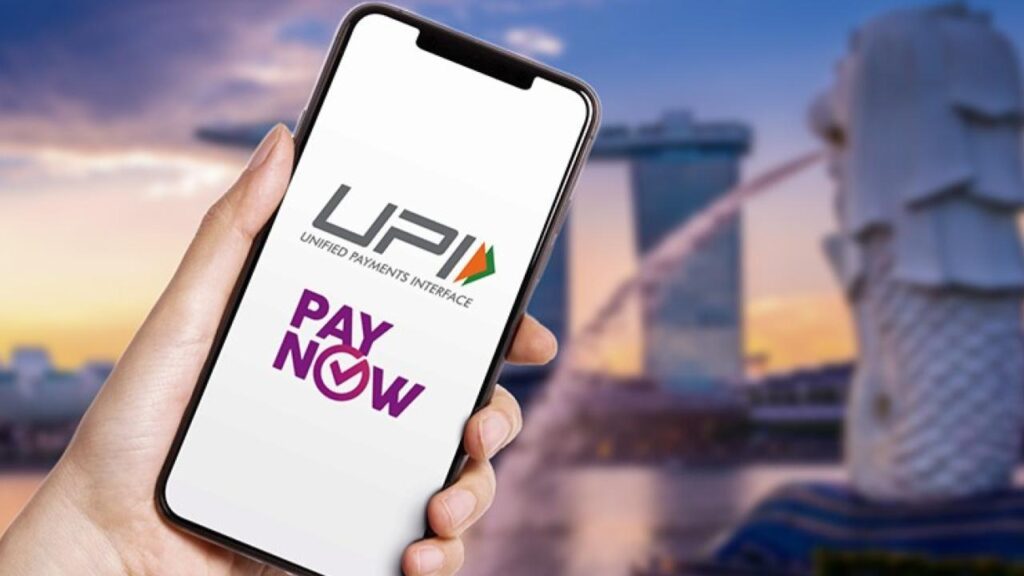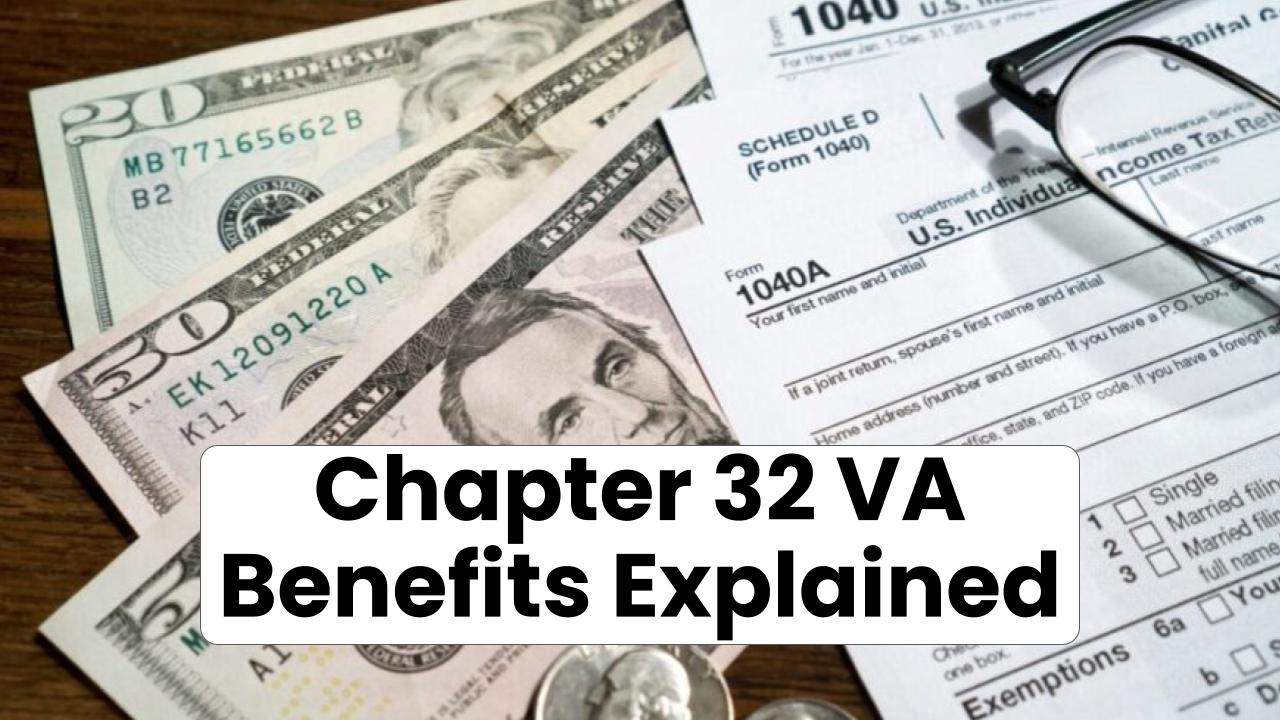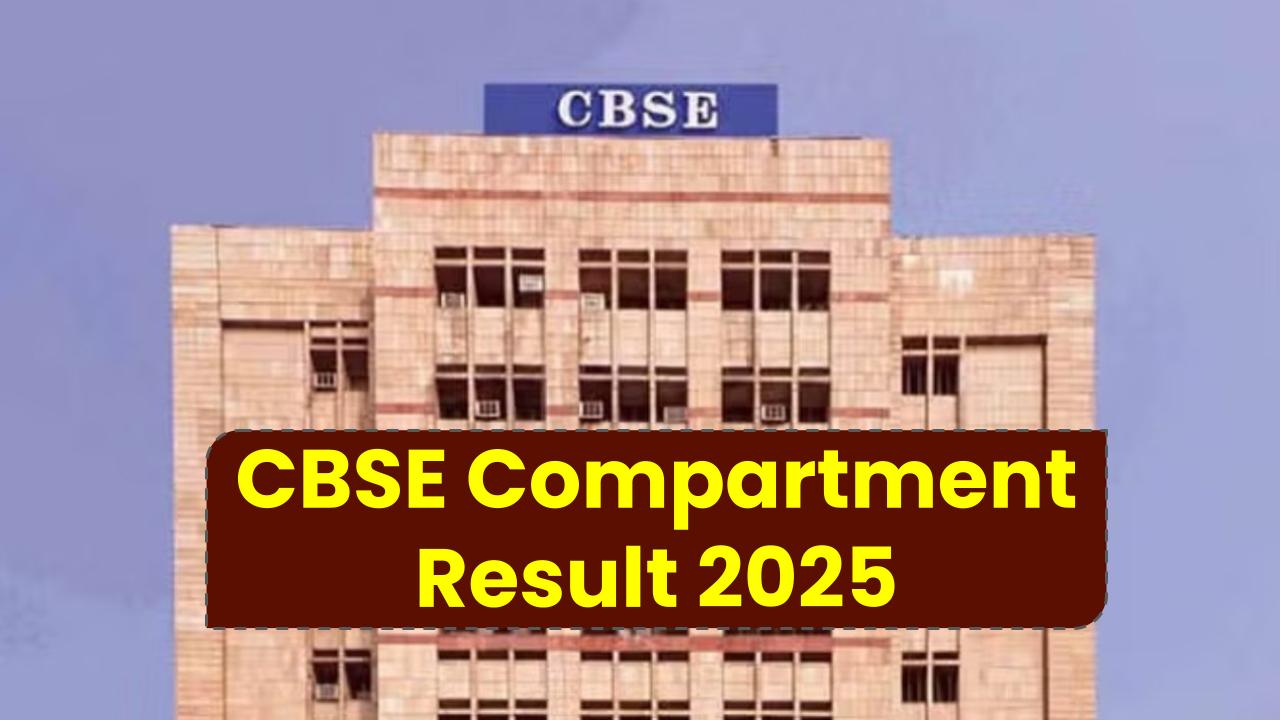Unified Payments Interface (UPI) is revolutionizing digital payments in India, and its impact has been profound. UPI has made it so easy for people to pay for goods, services, or transfer money. But, like any system, things don’t always go as planned. Sometimes transactions fail, or you may notice that your money has been debited but not credited to the recipient’s account. When these issues occur, it’s time to call for a chargeback.

In recent news, the National Payments Corporation of India (NPCI) has rolled out important changes to the UPI chargeback process. If you’ve ever found yourself stuck with a failed transaction, these changes are a big deal. Here’s what it means for you, your money, and how UPI chargebacks work now.
UPI Chargeback Window & Process Changed
| Change | Details |
|---|---|
| Chargeback Reprocessing | Banks can now reprocess chargebacks without NPCI’s prior approval. |
| Automated Chargebacks | NPCI has automated chargeback acceptance/rejection to reduce errors. |
| Faster Refunds for Failed Payments | Refunds for failed transactions processed in 1-3 working days. |
| Types of Chargebacks | Chargebacks can be initiated for failed, unauthorized, or incorrect transactions. |
| Resolution Time for Different Issues | 1-15 working days depending on the type of dispute. |
| Official NPCI Website | NPCI – UPI Dispute Resolution |
The NPCI’s new UPI chargeback guidelines are a welcome change for anyone who has faced the frustration of a failed transaction. With faster resolutions, automated systems, and clearer timelines, UPI chargebacks are now easier and more reliable than ever. Whether you’re a consumer or a business, understanding these changes will help you navigate the UPI ecosystem with greater confidence.
In the end, the goal is simple: Your money should be safe, and if things go wrong, you should be able to get it back quickly and without hassle. These changes are a big step forward in achieving that, and it’s clear that NPCI is committed to making UPI even better. So, next time you face a failed UPI transaction, you’ll know exactly what to do!
The Shift in UPI Chargebacks: What’s New?
UPI chargebacks aren’t new. They’ve been in place to protect consumers from failed or fraudulent transactions. But with the evolving landscape of digital transactions, NPCI has revamped the whole process to make it faster and smoother for users and banks.
Before July 2025, getting a chargeback approved could take a while. The process was filled with hurdles, including the need for NPCI approval for reprocessing. But now, banks have more power and can reprocess claims directly without waiting for approval. This is a game-changer for everyone involved.
What is a Chargeback?
In simple terms, a chargeback is the process where the money you sent in a payment gets refunded to you, either because the transaction failed, there was fraud, or the goods or services weren’t provided as expected. It’s like a safety net for digital payments. If something goes wrong, you can file a chargeback to get your money back.
Why Does It Matter?
These changes aren’t just technical. They have a real impact on you—the end consumer. A failed payment or a wrong debit used to be a stressful experience. Often, you would end up waiting for ages to get your money back. With these new changes, chargeback processes are faster, smoother, and more efficient.
How Do These Changes Affect You?
Let’s break down the nuts and bolts of these changes and what they mean for you in day-to-day life.
1. Faster Refunds for Failed Transactions
We’ve all been there. You make a payment, and your account gets debited, but the merchant never receives it. Frustrating, right? With the new changes, the NPCI is pushing for refunds to be processed much quicker. Now, instead of waiting for weeks, refunds for failed transactions should take 1 to 3 working days. No more waiting around for ages to get your hard-earned money back.
2. Automated Process
NPCI has automated the chargeback process, which cuts down on errors and speeds up the whole procedure. This means when you raise a dispute, the chances of human error or delays will be minimized. The system is more reliable, ensuring a smoother experience for you.
3. Reprocessing of Declined Chargebacks
Earlier, if a chargeback was declined, there were a lot of bureaucratic steps to go through before it could be reprocessed. Now, banks can directly reinitiate claims without waiting for NPCI’s permission, making the entire process a lot faster and more efficient.
4. Specific Timeline for Different Issues
When you raise a chargeback, knowing when to expect a resolution can be a game-changer. NPCI has set clear timelines for various types of disputes:
- Failed transactions: 1–3 working days
- Unauthorized transactions: Within 3 days
- Incorrect beneficiary information: 5–7 working days
- Fraudulent transactions: 10–15 working days
This clarity helps set expectations and reduces uncertainty.
What You Need to Know About UPI Chargebacks: A Step-by-Step Guide
The process of raising a UPI chargeback is simple, but it’s important to follow the right steps to ensure your case is processed smoothly.
Step 1: Check Your Transaction History
First things first, you need to check your transaction history in your UPI-enabled app (Google Pay, PhonePe, BHIM, etc.). Look for the payment that was either unsuccessful or debited but didn’t reach the recipient.
Step 2: Select the Disputed Transaction
Once you find the transaction, select it, and you will typically find an option to report an issue or dispute the transaction.
Step 3: Submit the Complaint
Fill out the required details in the complaint section. These might include the date of the transaction, the amount, the reason for the dispute, and any other relevant information. Once you’ve filled out the details, submit the complaint.
Step 4: Wait for Investigation and Resolution
Your bank will then begin the investigation process. If the dispute is found to be valid, they will process the refund according to the updated timelines mentioned earlier.
FAQs
1. What is the maximum time it takes for a UPI chargeback?
The time it takes to resolve a chargeback depends on the type of dispute. For failed transactions, expect 1–3 working days, while fraudulent transactions could take 10–15 working days.
2. How do I know if my chargeback request is valid?
Your request will be valid if there’s proof that the transaction was unauthorized, failed, or the product/service wasn’t delivered. Keep transaction receipts and records for support.
3. Can I claim a chargeback for payments made to a fraudster?
Yes, if you’ve made a payment to someone who is engaging in fraud, you are eligible for a chargeback. Be sure to report it immediately to your bank.
4. What happens if my chargeback is declined?
If your chargeback is declined, you can reinitiate it, as banks now have the power to process declined chargebacks without waiting for NPCI approval.
5. Is UPI safe for transactions?
Yes, UPI is one of the safest methods of payment in India. However, you must remain cautious and avoid sharing sensitive information like your UPI PIN and OTP with anyone.








